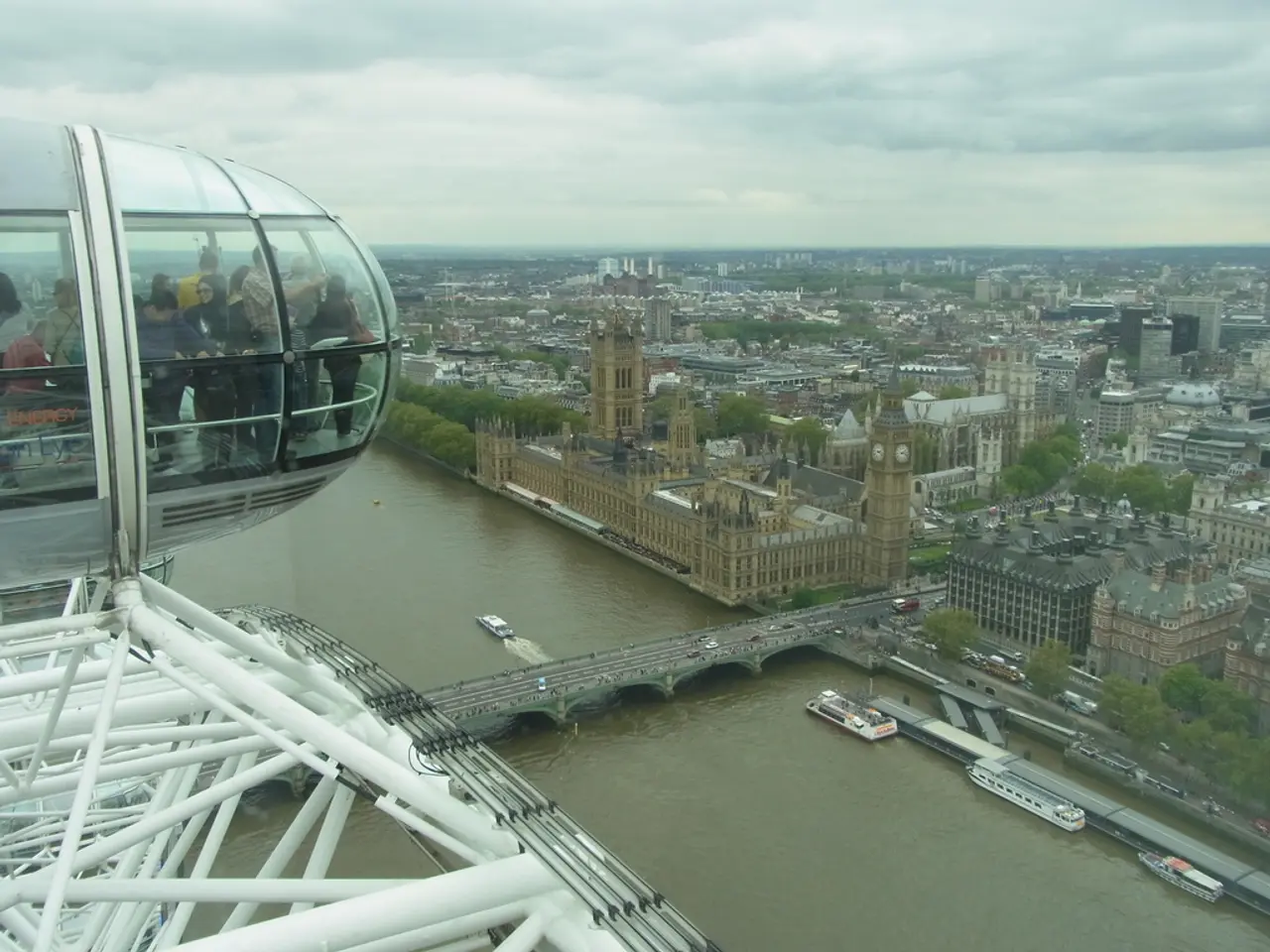Government Leader - The Prime Minister (Invocation of Article 75)
The Council of Ministers (CoMs) in India, following the Westminster model of Cabinet government, holds the real executive authority responsible for governance, with the Prime Minister (PM) serving as the de facto executive and head of the government. The President of India is the formal head of state, but executive power vests in them nominally, acting on the binding aid and advice of the Council of Ministers, who are collectively responsible to the Lok Sabha, the directly elected lower house [1][2][4].
Role and Composition of the Council of Ministers in India
The CoMs implement government policies and administration, manage executive departments, and formulate laws and budget proposals submitted to Parliament. The Council is collectively responsible to the Lok Sabha; if it loses majority support, it must resign or seek dissolution of Lok Sabha for fresh elections [1][4].
The Council includes Cabinet Ministers, Ministers of State (with or without independent charge), Deputy Ministers, and Parliamentary Secretaries (though Parliamentary Secretaries are not constitutionally recognized posts in India currently) [1][2][4]. The Prime Minister selects ministers, and these appointments are formally made by the President, acting on the PM's advice [2][4].
The Cabinet as a body exercises de jure executive authority, but the Prime Minister effectively dominates the cabinet, and ministers serve at their pleasure, subjected to reshuffles or dismissal [2].
Differences Between Various Ministerial Ranks
| Position | Role & Functions | Powers & Responsibilities | Appointment & Hierarchy | |----------------------|--------------------------------------------------------------------------------------------------|-------------------------------------------------|-------------------------------------------------------------------------| | Cabinet Ministers | Senior ministers heading major ministries, form the core executive decision-making body. | Full responsibility for departments and key policies; attend cabinet meetings. | Selected by PM, part of Cabinet proper. Highest rank among ministers. | | Ministers of State | Junior ministers who assist Cabinet Ministers; may have independent charge of a ministry. | Handle specific areas within ministries or independent ministries; may attend cabinet meetings if invited. | Report to Cabinet Ministers or directly hold independent ministry charge.| | Deputy Ministers | Lesser junior ministers assisting Cabinet or Ministers of State, mainly supporting roles. | Perform delegated duties; usually not members of cabinet meetings. | Lower rank than Ministers of State. | | Parliamentary Secretaries | Assist ministers in parliamentary duties like answering questions in legislatures, not constitutionally recognized. | Provide support but no independent executive powers; often act as political aides. | Not constitutionally a ministerial post; appointed by ruling party leadership. |
In the Indian context, Parliamentary Secretaries are not official constitutional posts and often such roles are phased out or criticized as they can blur lines of accountability. Deputy Ministers also have become less common, with Ministers of State covering most junior responsibilities [1][2].
Summary: Westminster Model Influence in India
India’s executive branch follows the Westminster principle of a dual executive, with a ceremonial President and a politically accountable Council of Ministers led by the PM [1]. The Council is collectively responsible to the elected Lok Sabha, mirroring parliamentary accountability in the Westminster tradition [1][4].
The division of ministers reflects hierarchical responsibilities, where Cabinet Ministers hold the major executive authority, supported by junior ministers overseeing more limited portfolios or assisting senior colleagues [2]. The PM exercises considerable control over the Council and can reshuffle or remove ministers, reflecting the Westminster principle of cabinet collective responsibility subordinated to the head of government [2].
This structure allows India to balance executive power with parliamentary oversight, ensuring democratic legitimacy and administrative continuity in governance.
- The Council of Ministers (CoMs), being collectively responsible to the Lok Sabha, are involved in formulating laws, budget proposals, and implementing government policies, which can be considered as aspects of policy-and-legislation and general-news.
- In India's Council of Ministers, the roles and responsibilities of ministers vary, with Cabinet Ministers holding major executive authority, Ministers of State assisting Cabinet Ministers or having independent charge, Deputy Ministers performing delegated duties, and Parliamentary Secretaries providing political aide – this diversity in roles can be considered political matters.




